Key Features:
1. 12-Inch High-Power Subwoofer
- Large Woofer Size: The 12-inch subwoofer is ideal for providing deep bass response and enhancing the overall audio experience. A 12-inch sub is a popular choice because it strikes a good balance between size, power, and sound quality, offering more bass output than smaller subwoofers while still fitting in many vehicle trunks or cargo spaces.
- High-Power Output: This subwoofer is often rated with a high power handling capacity, typically in the range of 200W to 600W RMS (Root Mean Square) and 600W to 1200W peak. This ensures that the subwoofer can produce a significant amount of bass without distortion, even at high volumes.
2. Active Subwoofer (Inbuilt Amplifier)
- Built-In Amplifier: One of the main features of an active subwoofer is that it includes a built-in amplifier, eliminating the need for a separate external amp. This makes the system more compact, easier to install, and reduces the amount of wiring needed.
- Powerful Amplification: The integrated amplifier is specifically designed to match the power requirements of the subwoofer, providing optimal performance without the need for additional equipment.
- Convenient Setup: Since the amplifier is housed within the subwoofer enclosure, the setup is much more straightforward and space-efficient. You only need to run the power, ground, and signal wires to the subwoofer, which simplifies the installation process.
3. Bass Tube Enclosure
- Tube Design: The tube-shaped enclosure is a compact and efficient way to house the subwoofer. This design helps maximize bass output while keeping the overall size relatively small. The tube shape is also conducive to delivering more accurate and punchy bass.
- Ported Enclosure: Many bass tube subwoofers are designed as ported enclosures, which allow for increased air movement inside the tube. This increases the subwoofer’s efficiency and enhances the low-frequency response, delivering a more powerful bass.
4. Built-In Crossover and EQ Controls
- Low-Pass Crossover: The subwoofer typically includes a low-pass crossover to ensure that only the lower frequencies (bass) are sent to the subwoofer, while higher frequencies are filtered out. This ensures that the subwoofer doesn’t attempt to reproduce mid or high frequencies, allowing it to focus on delivering deep bass.
- Bass Boost: Some models offer a bass boost control that allows users to increase the intensity of the bass output. This feature is useful if you want a more aggressive bass response or to compensate for certain vehicle acoustics.
- Gain Control: The built-in amplifier typically comes with a gain control, allowing you to adjust the volume of the subwoofer relative to the rest of the sound system.
5. Compact and Easy to Install
- Space-Saving: The bass tube design is compact and cylindrical, allowing it to fit into tight spaces, such as under a seat, in the trunk, or behind the rear seats of a car. The tube shape is ideal for vehicles with limited space but still wanting to add powerful bass.
- Simple Installation: Since the amplifier is already built into the subwoofer, installation is simpler compared to a traditional subwoofer setup, which requires separate amplification. Most active subwoofers come with basic wiring kits or connectors to help with installation.
6. Durability and Material Construction
- Durable Enclosure: The tube subwoofer is often made from high-quality materials such as MDF (medium-density fiberboard), ABS plastic, or other durable composites. This helps ensure that the subwoofer can handle the vibration and stress from the bass output without degradation.
- Vibration Dampening: The enclosure is often designed to minimize unwanted vibrations that can interfere with the bass quality. Some models also include padding or dampening material inside the tube to reduce noise and enhance the clarity of the bass.


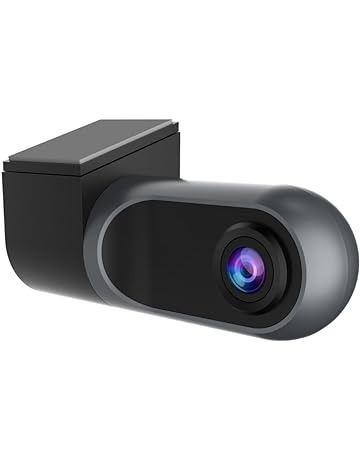
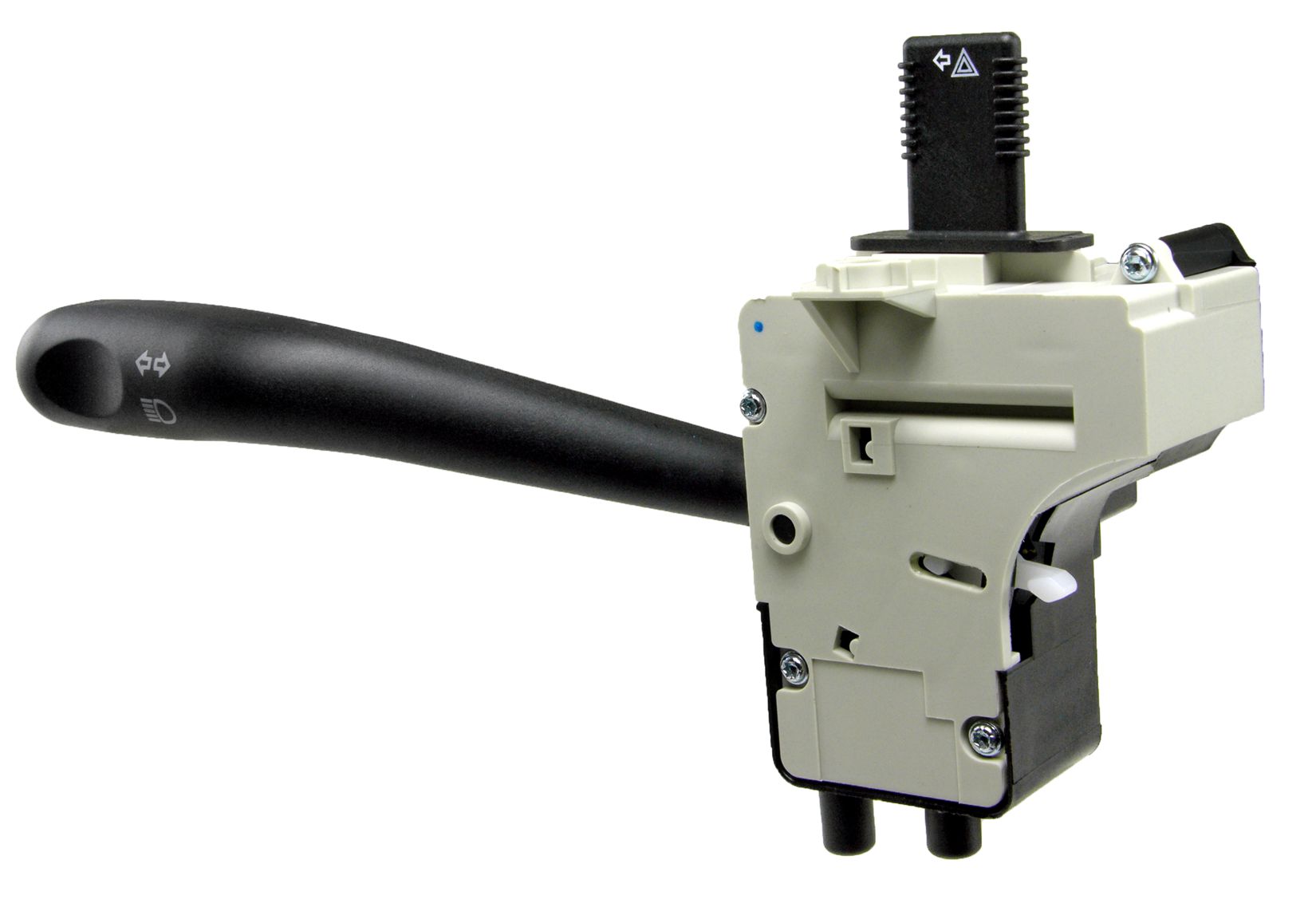
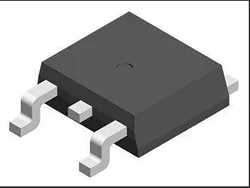



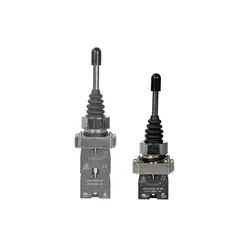

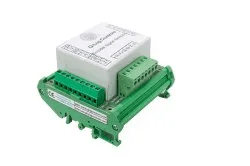
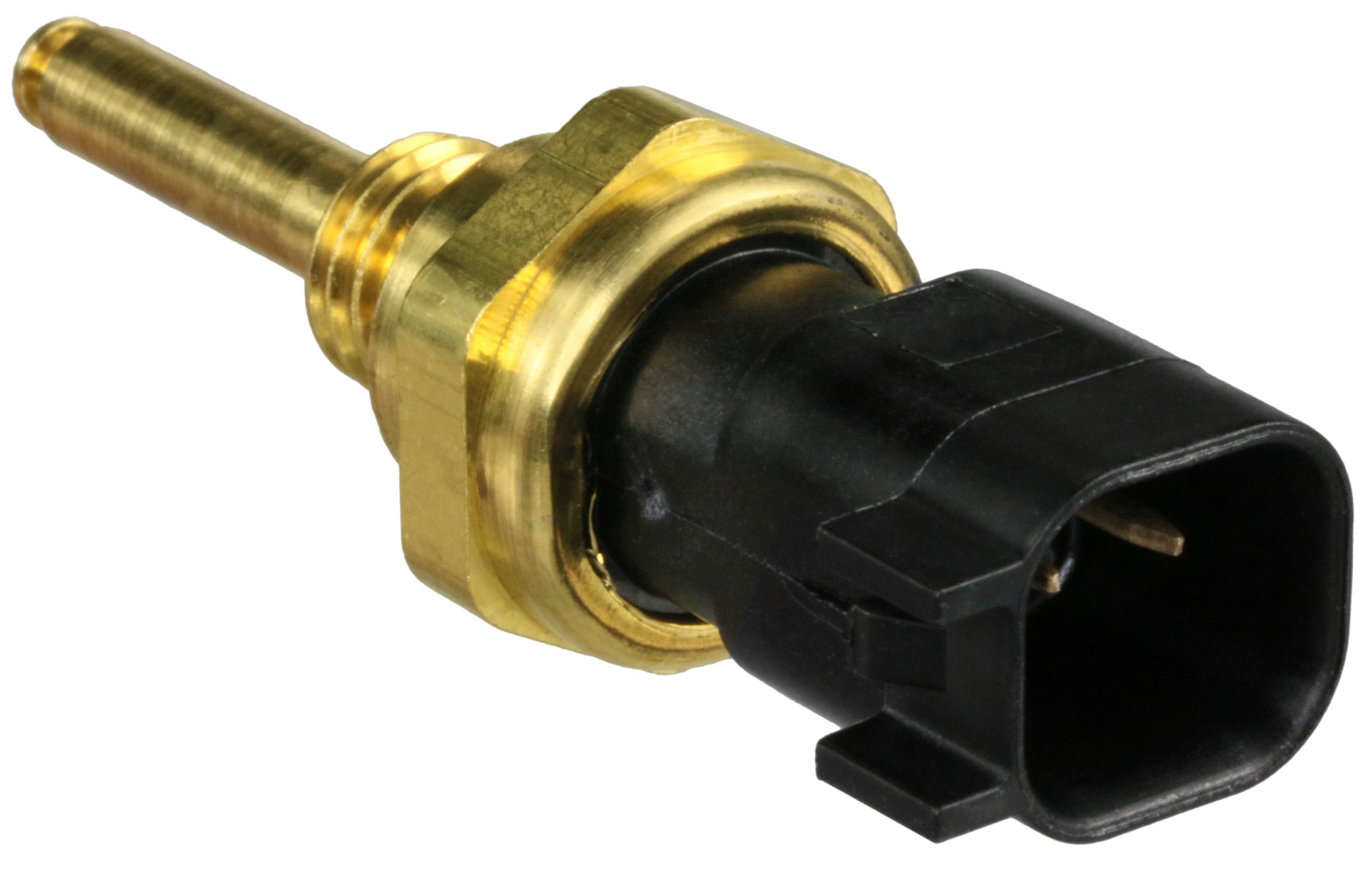

There are no reviews yet.